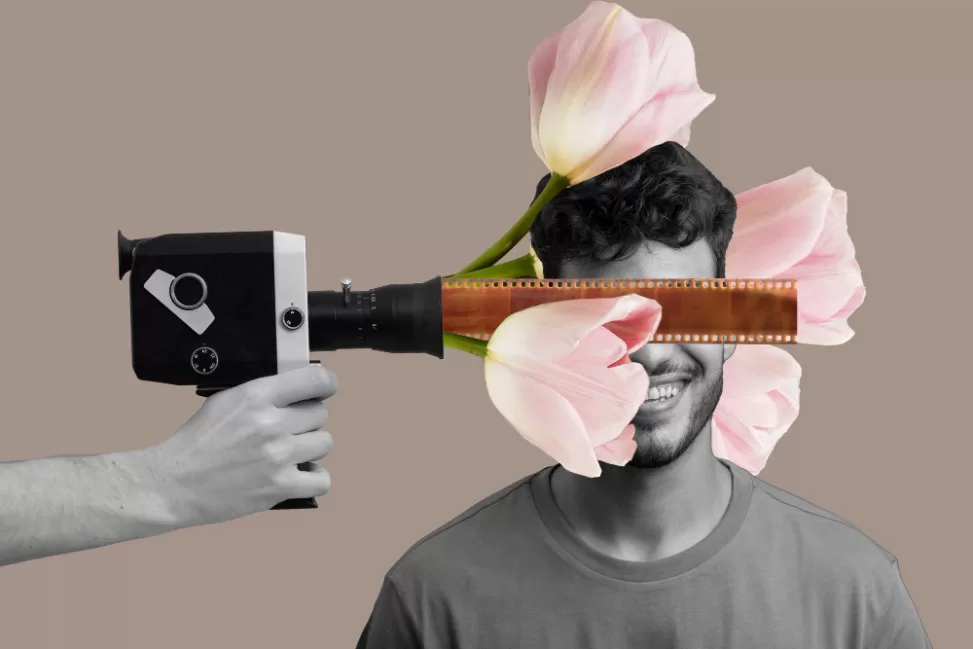Photography and Marketing
Photography and marketing together create a powerful partnership. Photography and marketing, when used effectively, can transform campaigns into visual experiences that truly captivate audiences. Photography and marketing are key to modern strategies, offering a powerful visual appeal. As a photographer, I’ve learned that photography is a universal language that transcends barriers and resonates with diverse audiences. When combined with well-crafted marketing strategies, it creates a synergy that not only attracts but captivates, inspires, and motivates. Photography and marketing are like dance partners—each bringing its rhythm and energy to craft an engaging performance that speaks deeply to its audience. Let’s explore how this relationship can be nurtured powerfully.
Photography visually communicates brand messages, photography and marketing work in tandem to convey impactful messages, generating an instant emotional connection and directly influencing purchasing decisions. Every image, whether a captivating portrait or a vibrant product shot, is an opportunity to tell a story that echoes in the hearts of consumers. Quality images not only highlight products or services but also help build a memorable visual identity for the brand.
Well-crafted storytelling images can significantly increase engagement on platforms like Instagram and Facebook, creating a direct visual dialogue with the audience. A well-taken photograph, capturing the essence of the message, can make a post or ad receive substantially more likes, shares, and comments. A recent HubSpot study (https://blog.hubspot.com/) shows that posts with images receive 94% more views than those without any visuals. This reminds me of a fashion brand campaign where the photographs revealed not only the product but also the emotions, the texture, and the confidence it inspired.
Photography is also a powerful tool for content marketing. The synergy between photography and marketing allows visual stories to be integrated into content campaigns, ensuring an emotional impact. By telling a visual story about a brand, you can build a richer, more engaging narrative that not only informs but also emotionally connects.
High-quality visual elements optimize SEO campaigns, increasing the time visitors spend on the site and reducing bounce rates. It’s a visual trick: capturing attention through the eyes so the message reaches the heart.
A practical example is the use of photographs in email marketing. I remember a campaign we did for a cosmetics brand where the images focused on textures and real results. These photographs converted readers into buyers because there was clarity, emotional appeal, and a visual testimony that was impossible to ignore. Combining photographic techniques with an understanding of audience emotions and behaviors is the surefire path to better marketing campaign results.
Another aspect worth highlighting is the impact of photography on websites. The integration of photography and marketing on websites directly contributes to increased conversions and enhances user experience. High-quality images on product pages help consumers better visualize what they are buying, increasing conversions. According to Shopify (https://www.shopify.com/), e-commerce sites with high-resolution product photos are much more likely to make sales compared to those with low-quality images. Detailed photographs that show every angle of the product help convey trust and security to the customer. And as a photographer, nothing brings me more satisfaction than seeing an image create genuine trust.
Photography also plays a crucial role in paid ads. Photography and marketing are equally crucial for paid ads, ensuring that each attractive image amplifies the advertising message. Advertising campaigns, such as those on Google Ads and Facebook Ads, that use attractive, high-quality images see a significant increase in click-through rate (CTR). Attractive images spark curiosity, prompting users to click to learn more. To achieve better results, it is vital that photographs are relevant to the content and reflect the identity of the target audience. I remember a travel campaign where I captured the sunrise over an iconic city; that single image transformed an ad into an irresistible invitation.
On social media, authenticity is what connects people. Spontaneous photographs showing behind-the-scenes moments, real employees, or customers using the product generate a sense of truth and credibility. Consumers seek to relate to brands that appear real, human, and approachable. It is the power of photography in showing the honest, vulnerable side of a company that makes the audience feel they are part of something bigger.
Events and product launches are other opportunities where photography becomes indispensable. During events and product launches, photography and marketing complement each other, ensuring visual records that extend the relevance of the occasion. Capturing key moments, the essence of a celebration, a genuine smile, or a discovery are ways to extend the reach of these events to a larger audience, keeping them engaged and interested. At a recent workshop, a photo of the moment a participant had an epiphany about applying a creative technique generated huge engagement because it perfectly translated the value of the shared experience.
And last but not least, photography in printed materials like catalogs, banners, and leaflets perfectly complements the digital strategy. While digital marketing has surged, printed material still carries a certain charm, a touch of exclusivity, and well-produced images help build an unforgettable first impression. It’s the beauty of the tangible in an increasingly digital world.
Check out my essays at www.antoniopaim.com/essays

